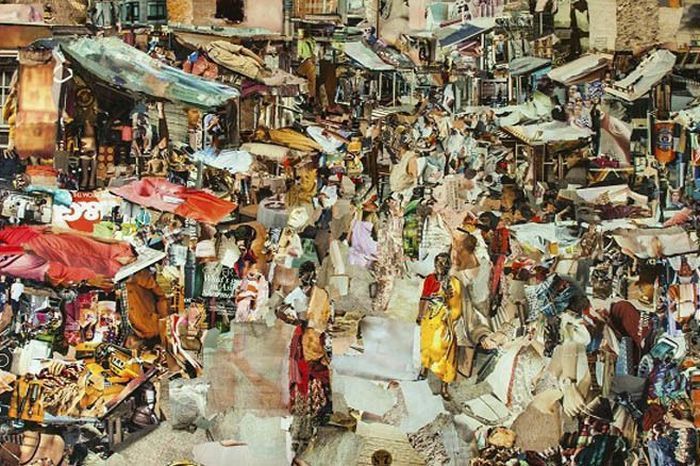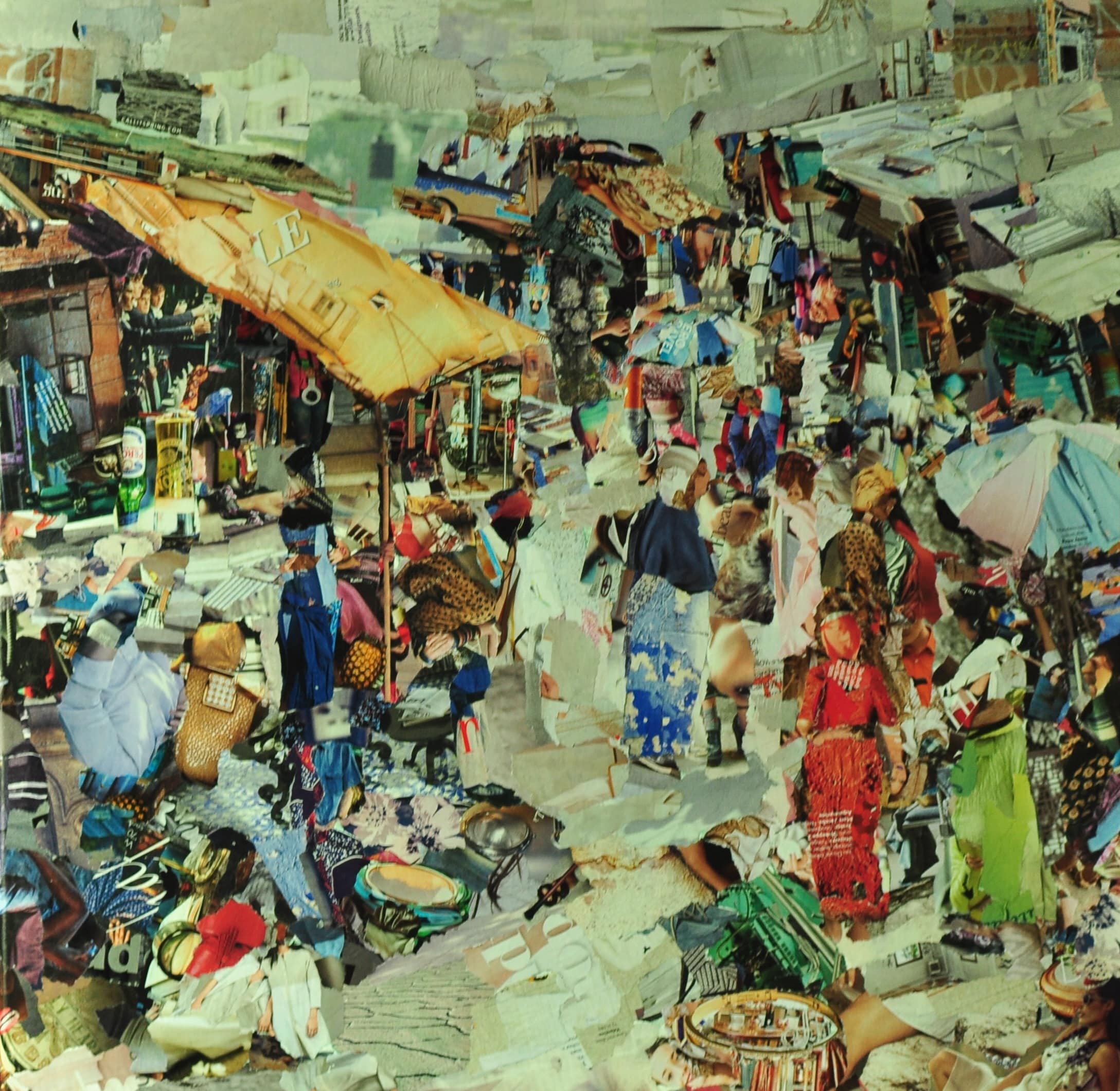Sukanta Dasgupta works, collages bring out a human mind
 NEW DELHI : If cultural changes haven’t left anyone’s life untouched, especially lives and trends in neo-literates and city-growing middle-class globally, we may find stream of thoughts getting correctly reflected in collages.That’s how an artist in Sukanta Dasgupta would tell his audience.
NEW DELHI : If cultural changes haven’t left anyone’s life untouched, especially lives and trends in neo-literates and city-growing middle-class globally, we may find stream of thoughts getting correctly reflected in collages.That’s how an artist in Sukanta Dasgupta would tell his audience.
I am an artist, marine engineer, and teacher currently living in Talegaon, Maharashtra,’’ Dasgupta would tell a questioner about the profiles of his paintings which become a little more passionate in collages.
My interests range from paper collage to art. I am also interested in crafts, photography and camping,’’ he would elaborate.He insists while he doesn’t impose his interpretations on his viewers, he merely adds to the idea to guide a viewer to a simplistic interpretation of “an everyday scene which he or she might have got so used to that it may no longer even register in their conscious mind.’’

But as irony would have it,his works, especially collages bring out a human mind that gets tempted to be lost out in an interpretation of chaos that would try to negotiate between imagination and realities. “What I put on a canvas are my observations of the world around me – they are products more of external stimuli rather than internal thought process,’’ he would explain.
The imagination bit is restricted to bringing out the simplicity of a scene which otherwise may look chaotic, he adds on.However, he feels he doesn’t force his interpretation on the viewers rather he tries to leave enough scope for varied and individualistic derivatives for each viewer.
His works are based on everyday scenes which, he says one might have encountered several times in lives or even everyday and certainly not based on some rare sights that he only experienced.
As a result, he feels his “works would invariably bring out a sense of familiarity and at times a kind of surprise in the viewers wondering “how did I not see this before?”He as a realist says he gets his ideas from anything that he would see, read or hear.
At times over a period of time I found most of my ideas have come from mythology and religious beliefs of people or their culture,’’ or reflections of modern lives and trends getting choatic.
Apparently he always tries to negotiate and renegotiate between his educational background of nuclear science and his artistic intuitions.He claims these negotiations have been a huge source of ideas constantly providing “me an outlet for playing them out on canvas.’’
I have also been fortunate enough to experience the joys of music specially Jazz and western classics. Contact sports and stage acting have definitely added to my abilities to see something which can be put onto canvas,’’ he talks about his advantages.
I have tried various medium to convert ideas from my mind to a visible form – from photography to carpentry, from needlepoint to painting,’’ he explains about his experiments. “While each medium has its own strengths and limitations of late I have been concentrating more on paper collage because of the unique challenges it imposes,’’ he says about his preferences.
In addition to the impressionists and post-impressionist masters, he admits that he has greatly been influenced by the works of Henri Lautrec, Nicolai Fechin, Amrita Shergil and Madhav Satwalekar.

